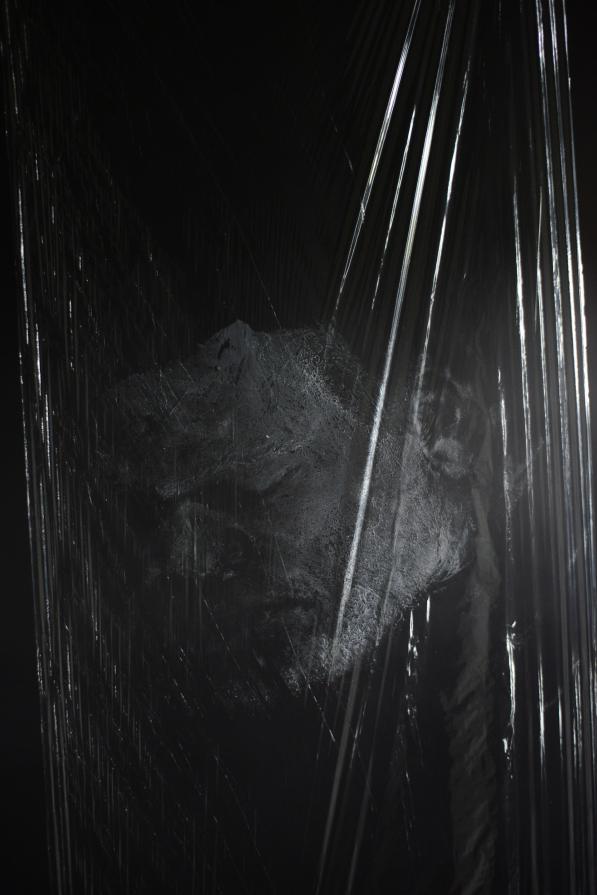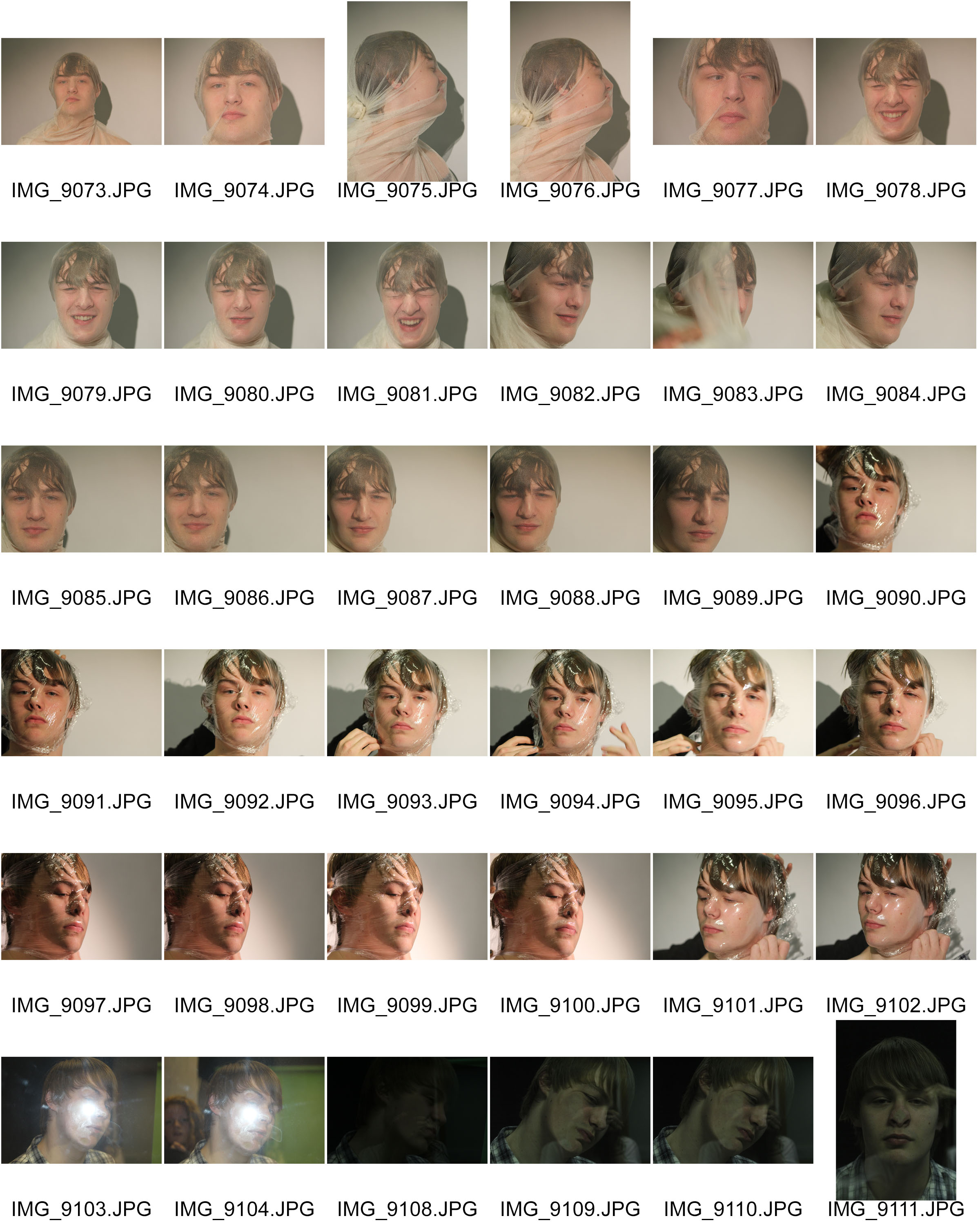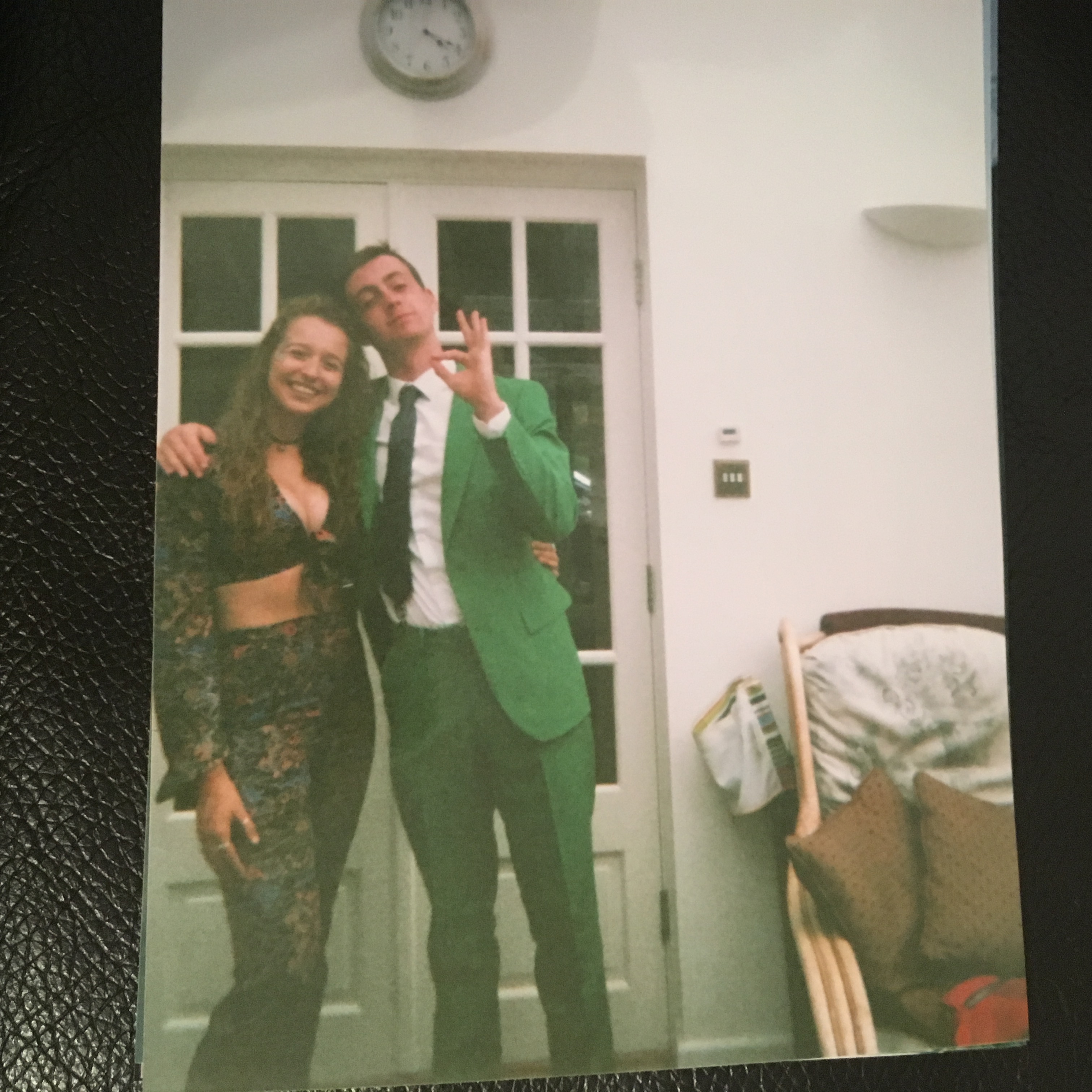For the exhibition which takes place at The Jersey Arts Centre on 27.11.17 entitled ‘Constructed Realities’, I have decided to not use images made thus far from my ‘relationships’ project for my coursework, and instead, use the images I produced from my tableaux shooting which I focused on the concept of childhood memories.
The exhibition’s synopsis is on the Arts Centre website and explains the purpose of the exhibition:
“This exhibition brings together work by Hautlieu School A-Level Photography students including their responses to a series of inspirational workshops, masterclasses and lectures delivered by Archisle International Photographers in Residence 2017 Tanja Deman and Jonny Briggs. The classes have been hosted by Hautlieu School in partnership with the Archisle educational programme and represent a range of multi-media creative outcomes inspired by the themes of family and environment.”
The exhibition takes place from Monday 27th November to Saturday 23rd December.
I have been using the last month of my studies to construct my own personal study surrounding the ideas of relationships in my own family. In my previous blog posts, I have given a justification of what my project is about and what it encapsulates, as well as its purpose and I have been busy producing images to eventually come together to provide the main body of my project which wull also be accompanied by text and transcriptions from interviews with my parents. The project is kick-started by my parents divorce when I was 4 years old and this then branches out to a much wider topic of relationships – relationships which I have built with people who I have come to grow up with in my life during the time in which I have matured and become more knowledgeable of the world around me. From a divorce, I have experienced two different relationship with both my parents and this has affected myself as a human and the young man I am now – from which, I have built my own relationships and experienced my own interpretation of love. I now have a half-sister who is currently 4 years old and I also have a girlfriend – my first love and this concept of relationships and love, as well as underpinning topics of loss, lust, attachment and fear is beginning to make for an interesting narrative where I tell the story of my life from a child to a young man – a narrative in which I am the center point.
However, this narrative is not yet constructed enough to tell a cohesive story as I have not been working on it for a long enough period of time to feel as if I can show this as a catalogue of work which the audience can connect with. As well, because the project is based around a range of different divisions made up of the starting point of my mum and dad’s relationship, their divorce, my relationship with both of them and then leading onto my relationship with both my sister and girlfriend, I have so far, only got a mixture of these different aspects – adding to the idea of telling a confused and dislocated narrative, difficult to understand at this point. This is why I have chosen to exhibit my previous work using the relationship between people and objects to show childhood memories as this relates to how I am working now and it also shows my journey to where I am now.
I have again, shown this series of work in a previous blog post so will not explain it here and instead, this will be done more concisely and poetically in my artist statement which will be present at the exhibition for my audience to get an idea of what the work is. However, I feel like the series of work I will be showing is still very strong and does portray a message – a message of nostalgia which my viewers can all relate to and I believe that the use of portraits as well as objects, provides an interesting juxtaposition which is also accompanied by a very powerful image of a note each of my subjects wrote to explain their choice of ‘memory’. As well, the use archives is reliable to what I am doing now as I will be looking further into the idea of old memories which bring back either good or bad thoughts. I feel like delving into your onw personal, family archive can generate so many emotions and the showing the relation between this memory and the person it is related to tells an interesting story.
Therefore, for the exhibition in a couple of weeks, I have created a couple of digital versions of potential layouts I can achieve to show my images on a large scale.
In Photoshop, I created a couple of mock up displays of what I may produce for the real exhibition in which my images will be displayed on. Below is the first display I created, but realised, this may be difficult to achieve due to the lack of space we each have to present our work.
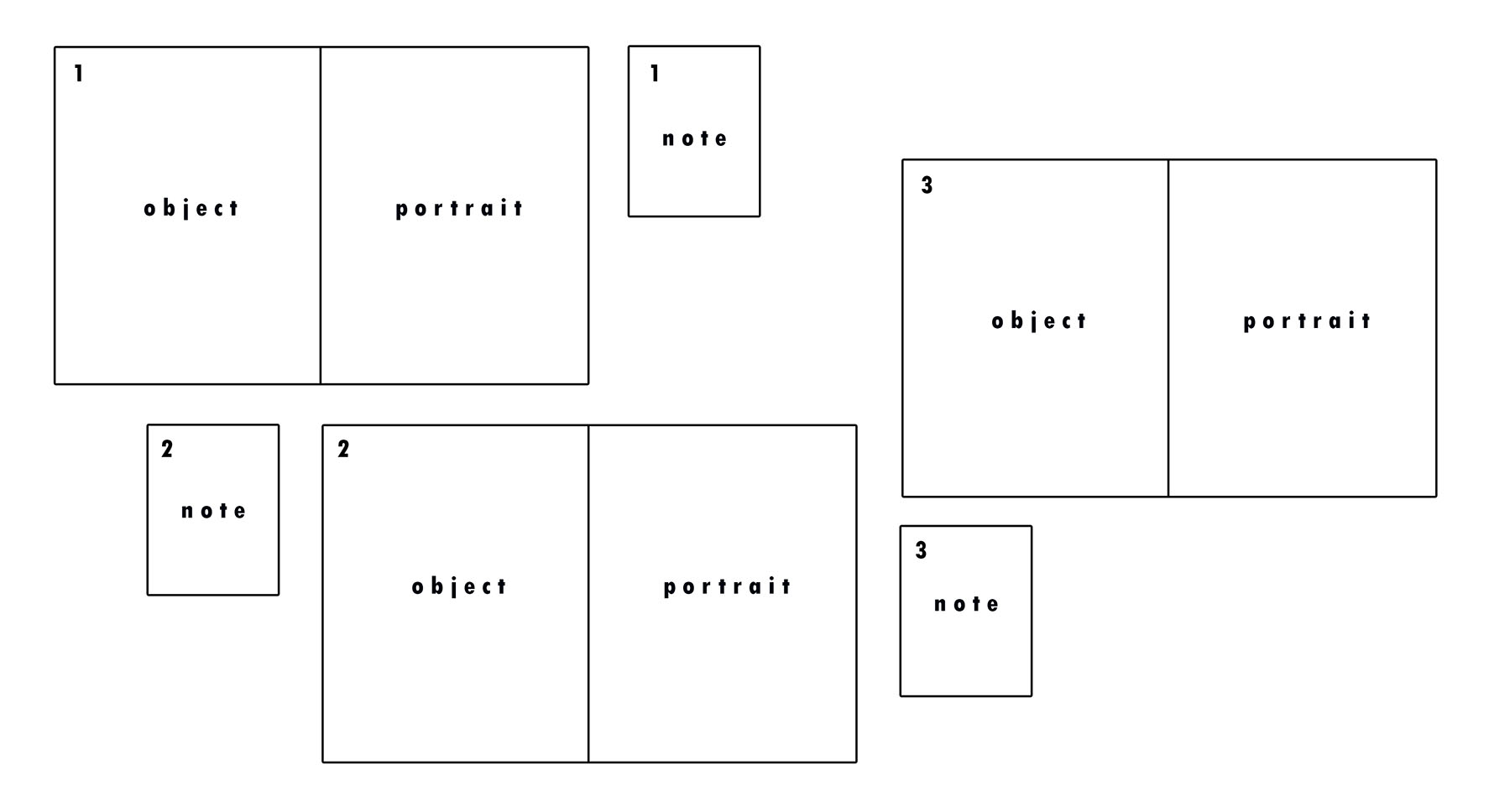
The second mock-up I produced took into account the space I am allowed and this is the display I am most likely to use. As you can see, I have also put in my images to the same set out to see what it would look like.
I intend to have each diptych below one another, creating a stair-like display as ach diptych will not be placed directly underneath and instead, to the side. Next to each diptych will be the note the subject handwrote which I then photographed in their hand. The diptychs will be A3 and the notes, A5. I hope for the outcome to be very contemporary and visually pleasing. As well as telling a story of memories as a whole, each combination of the portrait, object and note tells its own story of the subject.
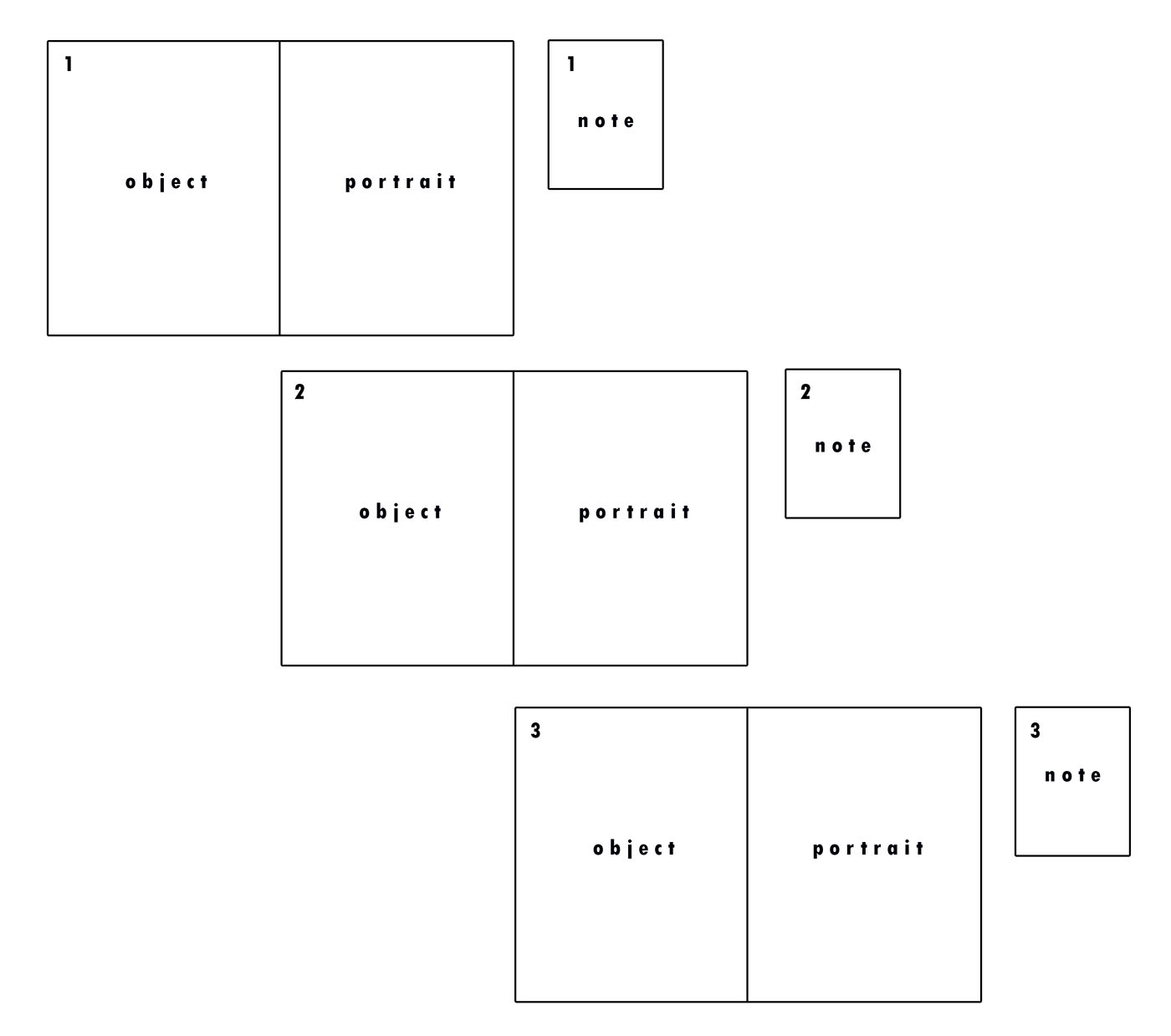
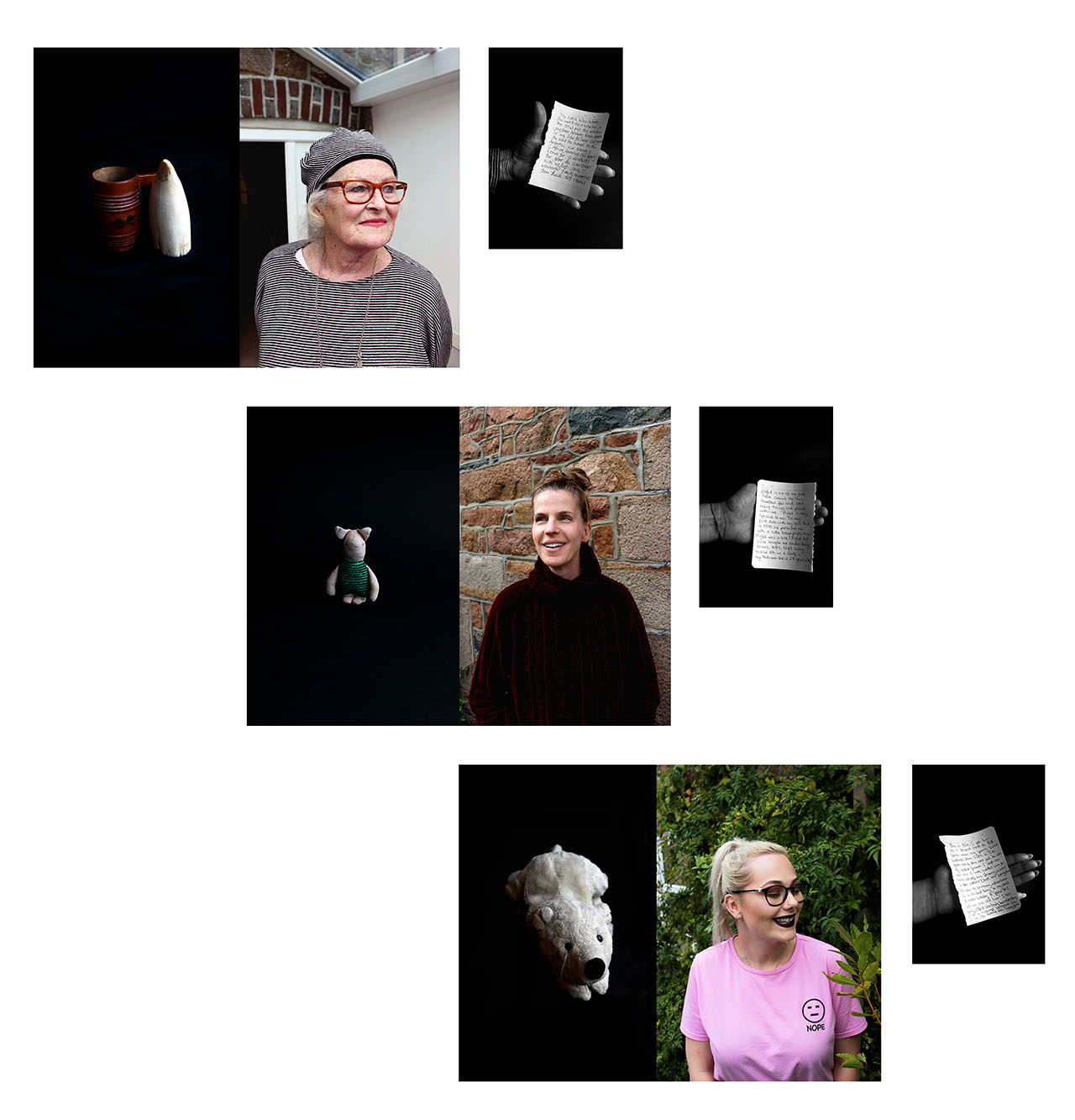

From the original images I had of the handwritten notes by each of my family members relating to the meaning behind their chosen object, I have altered them to be in black and white as I believe this looks much more effective because of the contrast available to me – I increased these when editing so that there is a clear contrast between illuminated whites and darkened blacks to create shadows against the white paper held in their hand.
Here is my artist statement which will go alongside my series of work at the exhibition:
3 Diptychs Representing a Childhood Memory
The brain is a magical organ of our body; it has the ability to hold limitless information, thoughts, ideas and memories from times forgotten. Taking inspiration from Rita Puig-Serra Costa, these 3 diptychs come from a series encapsulating the notion of childhood nostalgia. For most of us, our memories from childhood are a certain haze which, as we grow older, becomes more and more of a distant recollection of a time which is hard to understand the details of.
In this catalogue of works, I have explored the relationship we have with memories from our past – whether happy or upsetting, they exist and are sometimes consigned to an archive in our brain to be forgotten. Memories generate an emotion which may be difficult to describe but easier to visually portray. Using my Nan, Mum and Girlfriend, I have created a collection of juxtapositions between portraits and still-life object-imagery which represent their own childhood reminiscence.
A photograph is often a fragmentation of the truth and represents a one dimensional perspective but I have attempted to create a decryption of what is often hidden in this series. Each diptych is accompanied by a handwritten note from each subject explaining the context of their choice of memory.











 This photo is showing myself being dragged away from my mum (arm in the bottom right corner) by this shadow like figure. This was meant to represent how the devil is trying to split up families, trying to make them feel separate and alone. The devil hates unity because there is strength in the that. When the accident happened, that’s exactly what could have taken place.
This photo is showing myself being dragged away from my mum (arm in the bottom right corner) by this shadow like figure. This was meant to represent how the devil is trying to split up families, trying to make them feel separate and alone. The devil hates unity because there is strength in the that. When the accident happened, that’s exactly what could have taken place.




















